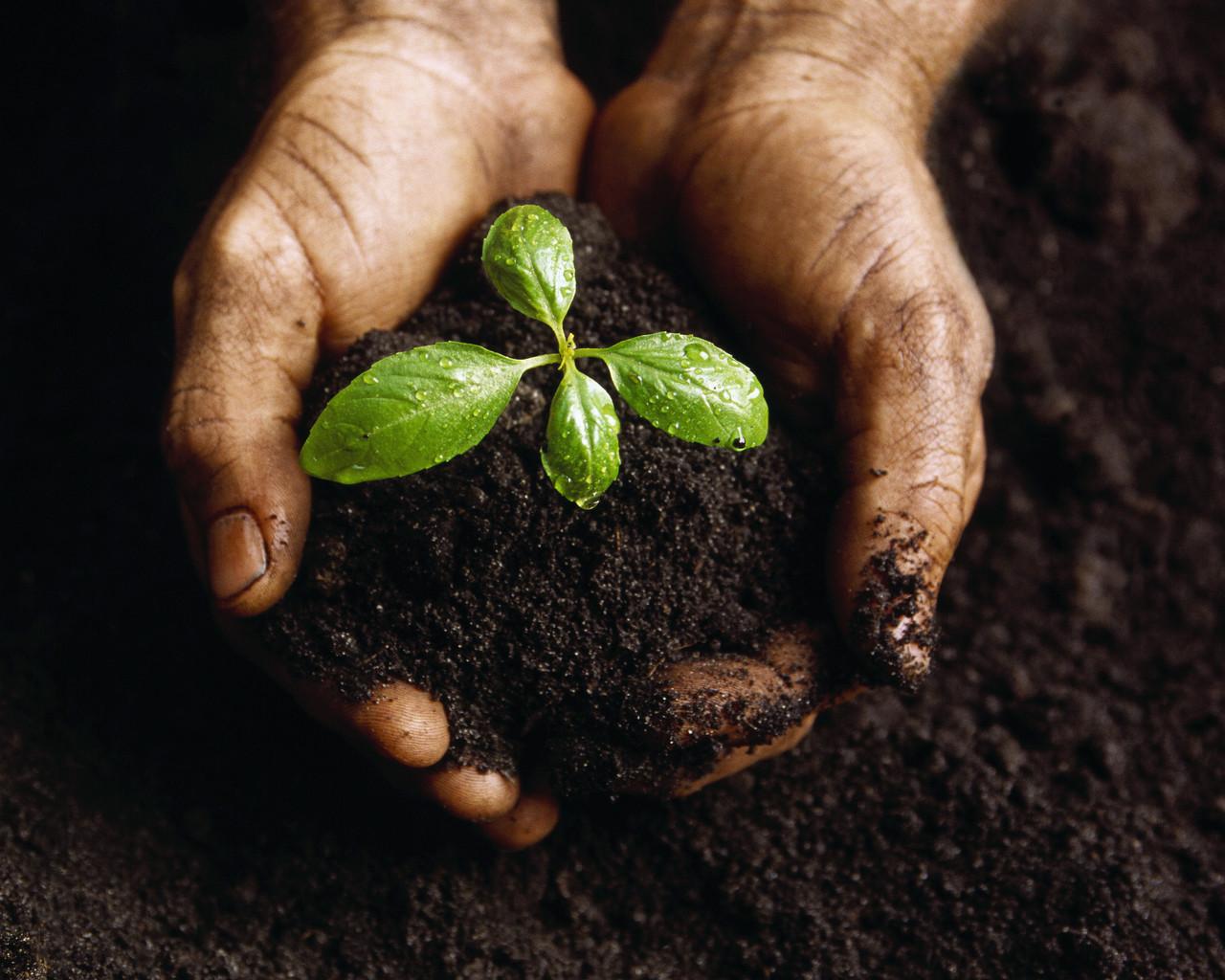Nutrient cycling and soil respiration

Investigate how soil microbial activity and nutrient availability are influenced by changes in water content or exposure to high temperature.
Microbial activity and nutrient cycling are known to be influenced by soil temperature and water content as well as organic amendments, but many details are yet to be discovered.
In an Honours project you could for example investigate how microbial activity and nutrient availability are influenced by changes in water content or exposure to high temperature as it may occur in fires or on sunny summer days. You could also study how a combination of inorganic fertiliser and organic amendments influences crop growth and nutrient uptake.
Projects are offered in nutrient cycling and soil respiration as affected by:
- Low soil water content and rewetting of dry soils
- Amendment with different organic materials alone or in combination with inorganic N and P
- Elevated soil temperature
You will develop skills in:
- Soil respiration with infrared gas analyser
- Extraction and determination of available nutrients and nutrients in the microbial biomass
- Presentation and discussion of data
Key References:
- Butterly CR, Marschner P, McNeill AM, Baldock JA (2010). Rewetting CO2 pulses in Australian agricultural soils and the influence of soil properties. Biol Fertil Soils 46:739-753.
- Fierer N, Schimel JP (2002) Effects of drying–rewetting frequency on soil carbon and nitrogen transformations. Soil Biol Biochem 34:777-787
- Hadas A, Kautsky L, Goek M, Kara EE (2004) Rates of decomposition of plant residues and available nitrogen in soil, related to residue composition through simulation of carbon and nitrogen turnover. Soil Biol Biochem 36:255-266
- Shi A, Marschner P (2014) Drying and rewetting frequency influences cumulative respiration and its distribution over time in two soils with contrasting management. Soil Biol Biochem 72:172-179
